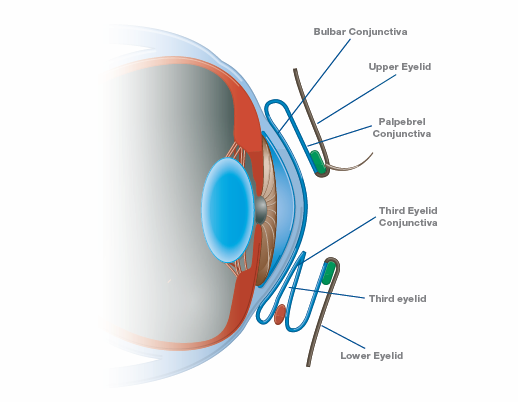Gelatt KN (Ed.) (1999) Veterinary Ophthalmology, 3rd ed. Lippincott Williams & Wilkins, Philadelphia
Heinrich C (2015) Assessing conjunctivitis in cats. Veterinary Times 45(20): 26-28
Heinrich C (2015) Assessing canine conjunctivitis. Veterinary Times 45(37): 28-32
Maggs DJ, Miller PE and Ofri R (Eds.) (2008) Slatter’s Fundamentals of Veterinary Ophthalmology, 4th ed. Saunders Elsevier, St. Louis, Missouri
Petersen-Jones S and Crispin S (Eds.) (2002) BSAVA Manual of Small Animal Ophthalmology. 2nd ed. British Small Animal Veterinary Association, Gloucester, UK
Oliver J (2012) Conjunctivitis in small animals: diagnosing and treating cases. Veterinary Times 42(16): 10-16
Turner S (2011) Focus on bacterial conjunctivitis: accurate diagnosis and treatment Veterinary Times 41(19): 32-33




